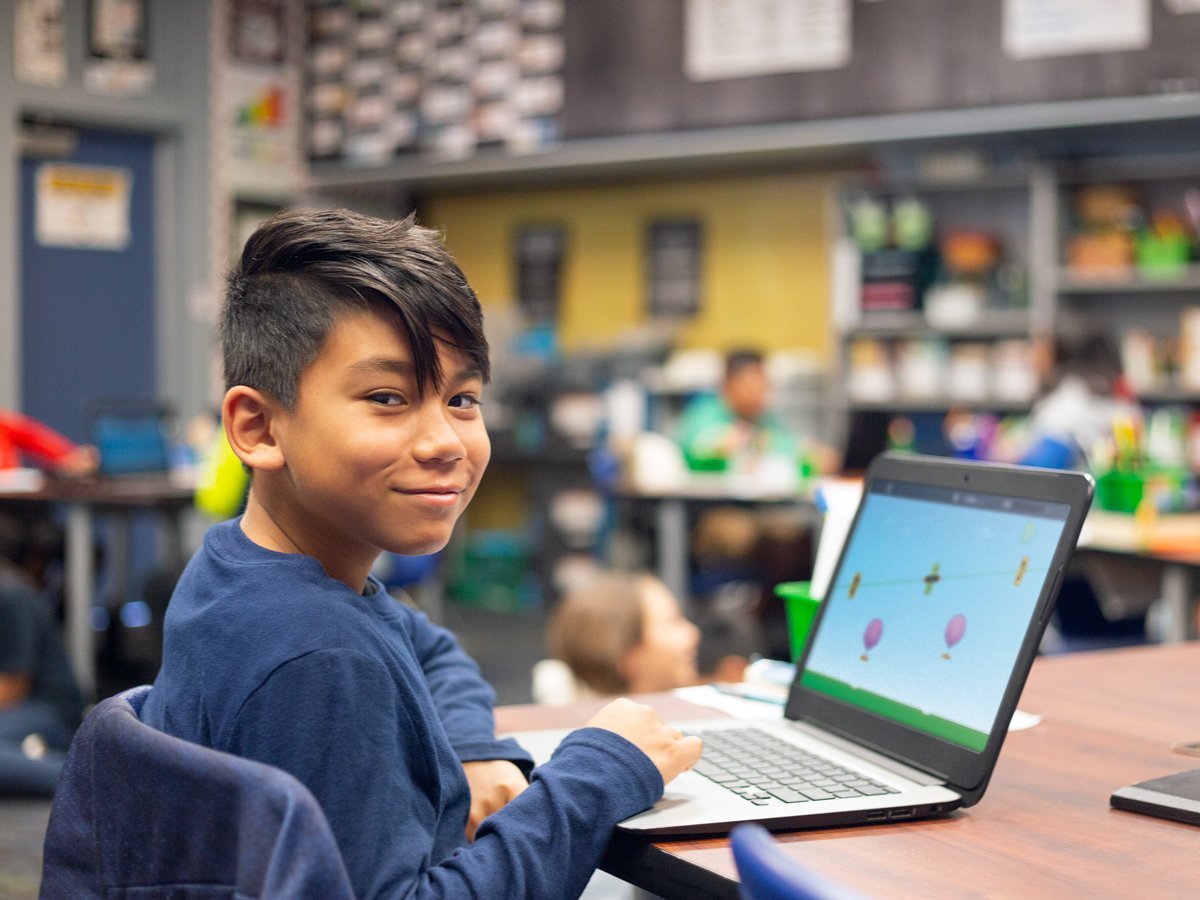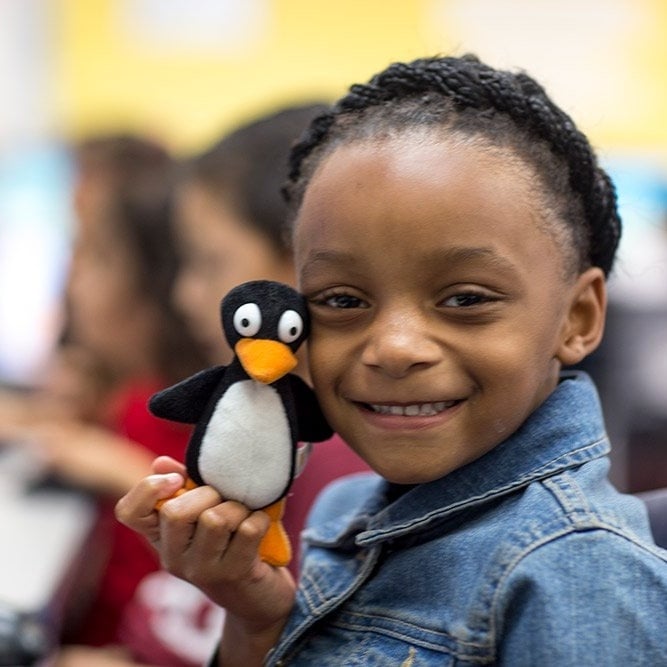Programs
Experience
Services
Educator Topics
Subscribe to the Newsletter
Subscribe to the Blog
Staying Ahead of Changes
With the constantly evolving education landscape, educators across the country are preparing for a number of different teaching models in the 2021-2022 school year.
As the public health situation changes, or mandates are issued across different states or cities, those models may be modified throughout the school year.
Research on COVID-related school closures from March 2020 onward suggests that students could be a half-to full year behind academically when the new school year begins - a challenge dubbed "the COVID Slide" that is likely to be compounded by continued adjustments across school districts.
The variability of students' individual learning needs will also be much greater. Curriculum will need to be blended, flexible, and use tools that can be implemented by teachers and at home.
|
Students Need |
Teachers Need |
Administrators Need |
Parents Need |
Distance learning presents its own set of challenges, but creating healthy habits for students is the key to proven results. Families are presented with an opportunity to really partner with educators to keep their kids on track and progressing, regardless of where the learning is taking place.
We looked at more than 200,000 students who had used ST Math in the classroom before COVID-19 and from home during unforeseen distance learning and found that:

Introduce ST Math to students within the first 10 days of school. For those at home, have students share JiJi with their families and set some personal goals! Remember, allot for a grace period when transitioning from virtual to in-person and vice-versa - it takes about two weeks to establish the new routines and get back into a regular schedule.
When possible, avoid the hybrid model where teachers are teaching in-person and virtual students at the same time. Instead, separate the two so that teachers are able to help students as needed.
Use ST Math at least once a week. Use assignments to align and differentiate. If using the distance model, ask students to play for at least 60-90 minutes and set personal puzzle goals.
Do a quick daily data check (~5 min) along with a longer weekly data deep dive. Track progress toward program goals and determine when intervention, remediation, or extension is appropriate. Check out these data checklists for daily and weekly monitoring.
Look to sort your usage report to see who to celebrate - schools, classes, and kids. It’s also possible to share a celebration note or postcard from JiJi to anyone not participating in the classroom.
Give families the interactive guide and send home an intro letter. Encourage families to check usage and use the facilitating questions when a student is stuck.
Educators are not only here to voice their perspective about what it’s like to stay motivated and remind you that each classroom functions differently, but they look to share some tips that speak to how ST Math has been effective in the midst of distance learning.

One of the most powerful aspects of ST Math is how it goes beyond math learning. Through continued use students develop social-emotional skills like perseverance, confidence as a mathematician, and love of math.
Here at MIND, we hear constantly, from both students and educators alike, that ST Math changes how people feel about math. Now, there’s research to prove it: a recent randomized control trial found that students who play ST Math have higher mathematics self-beliefs than non-ST Math students.
This has become even more important during times of uncertainty and anxiety. As our data above shows, students played ST Math more when learning from home than they did while in the classroom.
Teachers change. Classroom locations change. One thing remains constant: JiJi. That penguin is always there for students.
As educators, we are focused on what’s best for students, and what keeps them learning - regardless of where.
ST Math is an effective distance learning solution because it’s:





